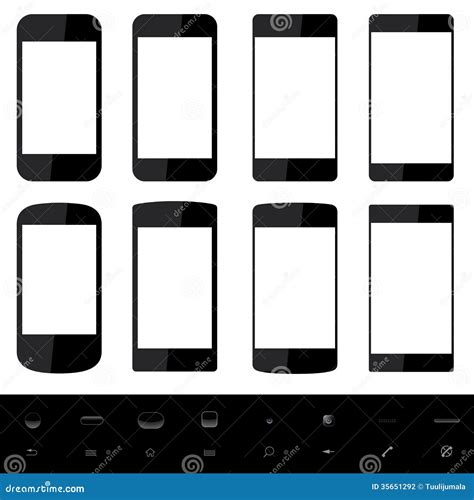Smartphones have revolutionized the way we consume news, and their impact on daily headlines cannot be overstated. With the constant stream of information at our fingertips, it's easier than ever to stay informed about current events. However, the way we interact with our smartphones also influences the type of news we see and the way it's presented.

Here are five ways your smartphone shapes daily headlines:
Personalized News Feeds
Smartphones allow news outlets to tailor their content to individual users. By analyzing your browsing history, search queries, and social media activity, news apps can create a personalized feed that showcases the stories they think you'll find most interesting. This can be both a blessing and a curse, as it allows you to stay informed about the topics you care about, but also creates an "echo chamber" effect where you're only exposed to information that confirms your existing views.
Algorithm-Driven Headlines
The algorithms used to power personalized news feeds also influence the type of headlines you see. These algorithms prioritize stories that are likely to engage users, often by using sensational or attention-grabbing headlines. This can lead to a proliferation of clickbait-style headlines that prioritize clicks over accuracy or context.

Breaking News Notifications
Smartphones have made it easier than ever to stay up-to-date with breaking news. Push notifications allow news outlets to alert you to developing stories in real-time, often before they've even had a chance to write a full article. This can be both a blessing and a curse, as it allows you to stay informed, but also creates a sense of anxiety and constant connectedness.
The 24-Hour News Cycle
The rise of smartphones has contributed to the 24-hour news cycle, where news outlets feel pressure to constantly produce new content to stay relevant. This can lead to a culture of haste, where accuracy and context take a backseat to speed and sensationalism.

Mobile-First Storytelling
Smartphones have also changed the way news stories are told. With the rise of mobile-first storytelling, news outlets are increasingly prioritizing visual content, such as videos and photos, over traditional written articles. This can make news more engaging and accessible, but also creates new challenges for journalists and editors.
Short-Form Content
The rise of smartphones has also led to a proliferation of short-form content, such as tweets and social media posts. While these formats can be effective for conveying breaking news or quick updates, they often lack the depth and context of longer-form articles.

The Role of Social Media
Social media plays a significant role in shaping daily headlines, particularly on smartphones. News outlets often prioritize stories that are likely to generate engagement on social media platforms, such as Facebook and Twitter. This can lead to a culture of outrage and sensationalism, where stories are prioritized based on their ability to generate clicks and shares rather than their journalistic merit.
Filter Bubbles
Social media algorithms also create "filter bubbles" that prioritize content from sources you already trust and engage with. This can create an "echo chamber" effect, where you're only exposed to information that confirms your existing views, rather than being challenged to consider alternative perspectives.

Information Overload
Finally, smartphones can create a sense of information overload, where the constant stream of news and notifications becomes overwhelming. This can lead to a phenomenon known as "news fatigue," where individuals become desensitized to the news and less likely to engage with it.
News Curation
To combat information overload, news outlets are increasingly turning to curation tools and aggregators that help users navigate the vast amount of available content. These tools can help prioritize the most important stories and provide context and analysis, but also raise questions about the role of human editors and curators in the news ecosystem.

In conclusion, smartphones have profoundly impacted the way we consume news and the way it's presented. By understanding the ways in which our smartphones shape daily headlines, we can become more informed and discerning consumers of news.
What do you think?
We'd love to hear your thoughts on how smartphones have impacted the way you consume news. Share your experiences and insights in the comments below!





How do smartphones impact the way we consume news?
+Smartphones have made it easier than ever to stay informed about current events. However, they also create new challenges, such as information overload and the proliferation of sensationalized headlines.
What is the role of social media in shaping daily headlines?
+Social media plays a significant role in shaping daily headlines, particularly on smartphones. News outlets often prioritize stories that are likely to generate engagement on social media platforms.
How can I avoid information overload when consuming news on my smartphone?
+To avoid information overload, consider using news curation tools and aggregators that help prioritize the most important stories and provide context and analysis.
